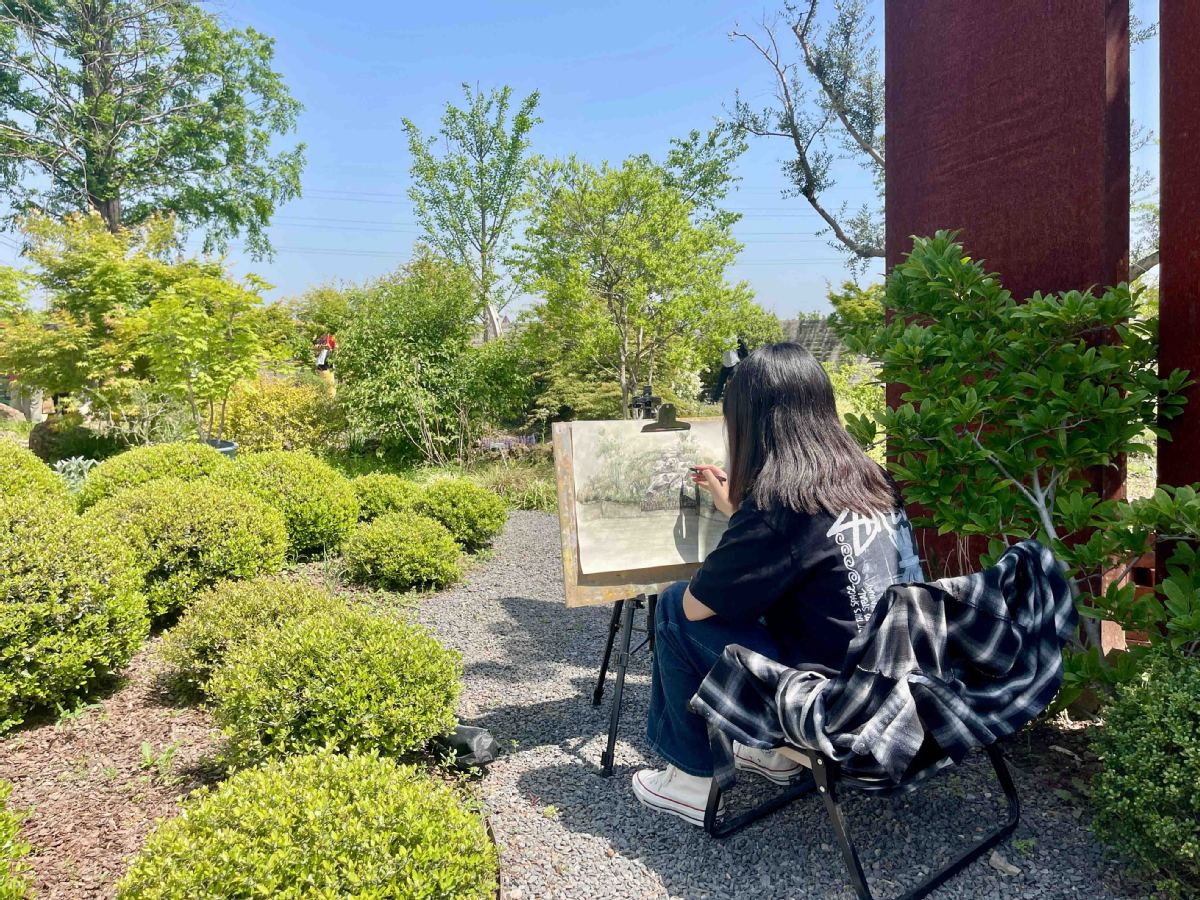Flower industry pioneers profit from fields of dreams
Tourist photo ops, livestreams of beautiful bouquets, create buzz about Zhejiang 'paradise'


Collective strength
Compared with other major flower production area, such as Southwest China's Yunnan province, the collective strength of the floral business in Haining plays an important role in the success of his own business, Li said.
While Yunnan has better natural conditions for flower plantations, Li believes Haining has advantages in the scale of the industry and its location. He has taken on the role of deputy Party secretary of the village's flower industry, and also helped lift the living standards of neighboring growers.
Li's enterprise, along with several other flower plantations, accounts for 80 percent of the flower trade in Tianming.
"He doesn't just sell his own flowers," said Gao Chenchen, an official with Tianming village. "If nearby farmers can't find enough market channels for their lilies or tulips, Li brings them into his livestreams to help them sell."
Li's work has been recognized by the village. He is a provincial youth entrepreneurship mentor, and his company was named a Zhejiang provincial-level agricultural innovation base in December.
What makes his efforts resonant within the community is how deeply he has rooted his ambition in collective growth. "There's beauty in flowers," Li said, "but there's greater beauty in watching a community grow with them."
China is the world's largest producer of flowers. According to data from the China Flower Association, the country currently has nearly 220,000 seedling and flower enterprises, with an annual output value exceeding 520 billion yuan.
























